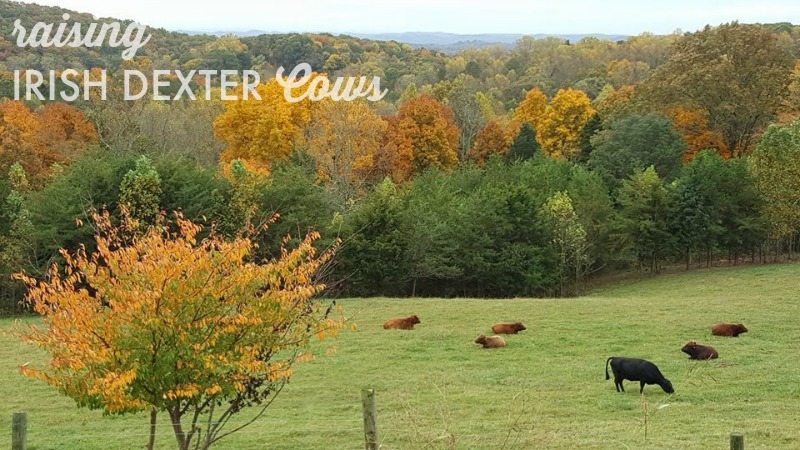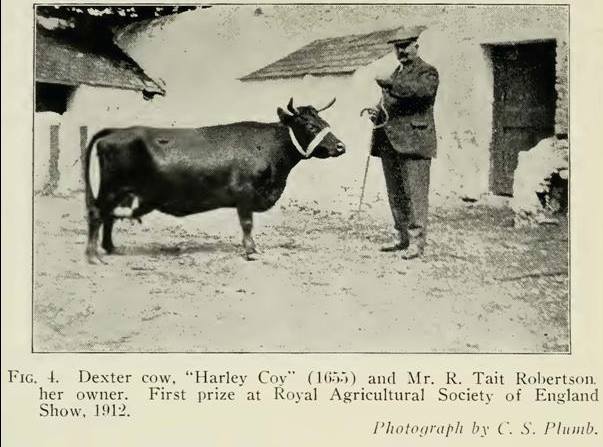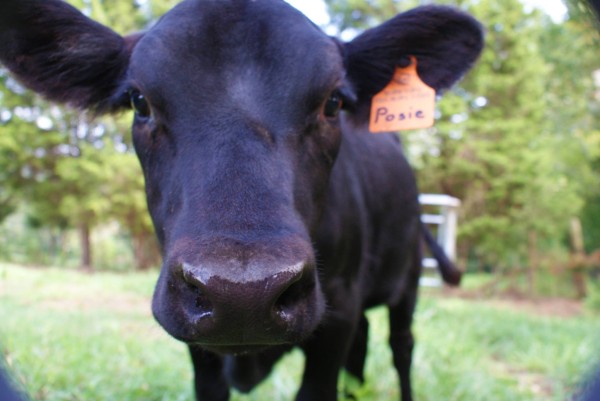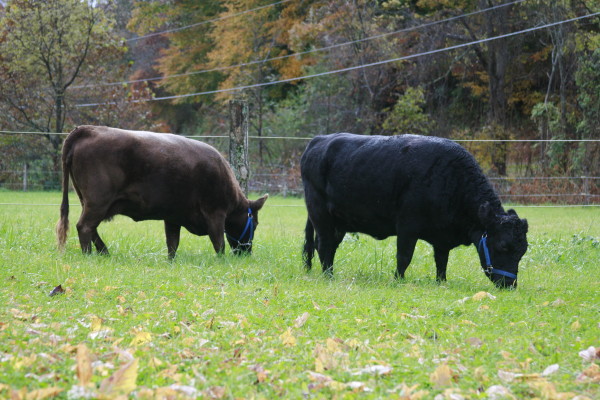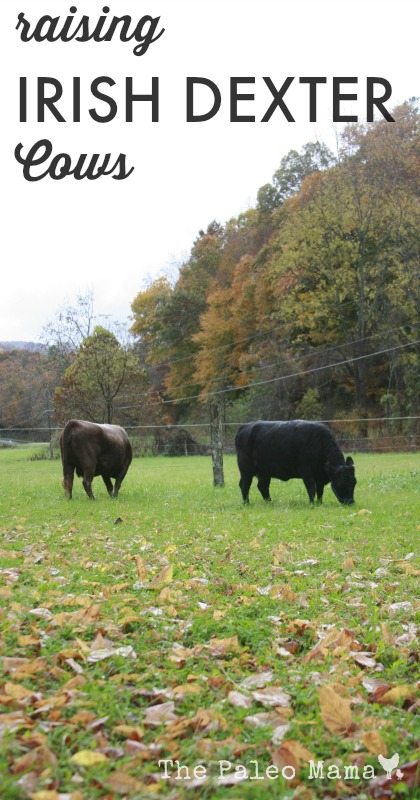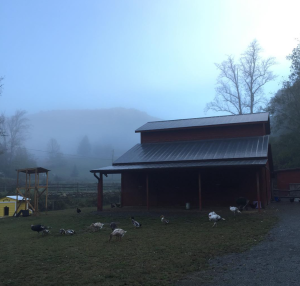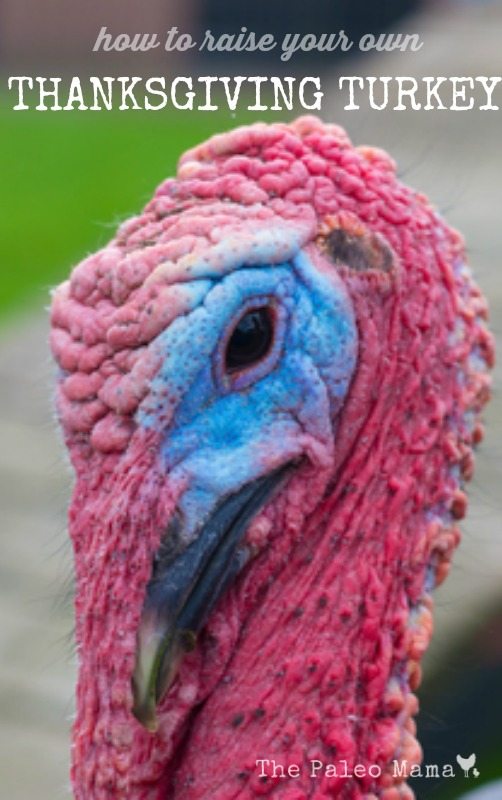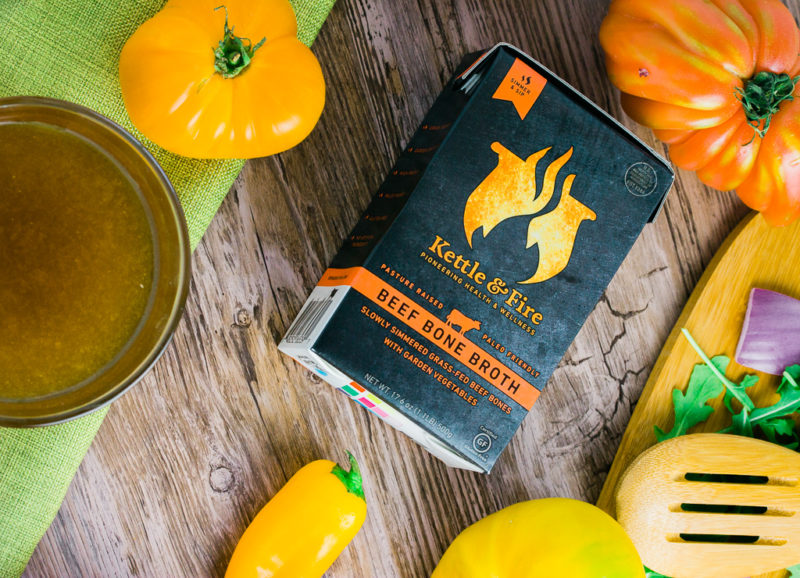
You didn’t really think I *always* made my own bone broth, did you? You did?! Awww, that’s so cute….but I wish you could have a peak into my crazy mama world. Total transparency here, I’m a happy-hot-busy-mess. I’ll admit, I love making bone broth when I have a chicken carcass laying around, but there are times when I don’t always have it on hand. Or I’m too busy and don’t have time to defrost it for a recipe I’m throwing together while I have HANGRY kids tearing at my ankles.
So what do I use during these crazy mama moments?
Kettle & Fire Bone Broth baby!
Crazy Mamas, like myself, turn to Kettle & Fire Bone Broth when:
- They want bone broth from happy organic hens who are pasture-raised and spend all day pecking for bugs and enjoying the sunshine.
- They want CHICKEN FEET in their broth! Y’all…chicken feet creates the most beautiful gelatin and collagen which keeps our joints and our gut healthy! If your broth ain’t gellin’, you got no reason sellin’ (other store-bought bone broths).
- They want a bone broth that is locally sourced here in the USA so they can support small family farms who are working their butts off to provide sustainable and organic foods.
- They care about the ingredients and spices that go into the bone broth. Take a look at the ingredients in Kettle & Fire Chicken Bone Broth.
Ingredients: Chicken Bone Broth (Filtered Water, Organic Chicken Bones, Organic Apple Cider Vinegar), Chicken Broth, Organic Celery, Organic Roasted Poblano Pepper, Organic Green Pepper, Organic Onion, Organic Carrots, Organic Garlic, Organic Scallions, Organic Tomato Puree, Organic Herbs (Parsley, Thyme, Rosemary, Basil, Bay Leaves) Organic Spices, Organic Black Pepper, Sea Salt.
Kettle & Fire Bone Broth sets the standard in the “brothery world“. Their bone broth is slow-simmered for over 20 hours, which allows the marrow, collagen and amino acids time to render into the broth so you get the added benefits. Kettle & Fire combine the highest-collagen content bones (knuckle, patella, femur, and feet bones) with only organic vegetables, sea salt, and herbs. This means no artificial ingredients, no preservatives, and no additives. And if, by some rare chance, you don’t like it, Kettle & Fire have a 100% money back guarantee.
Since most busy people don’t have the time to make bone broth at home, I felt it was important to share with you this secret that I have been keeping. Kettle & Fire has hundreds of 5 star ratings (9,800+ customers) and I’m confident you are going to love this bone broth.
Normally, Kettle & Fire only sells their product at FULL retail price at Whole Foods Market and on their site. Since I’m such a fan of this stuff, I reached out to the good folks at Kettle & Fire and they gave me an offer to pay forward to you. It’s pretty easy, really. Just click here to get 20% OFF your order of Kettle & Fire bone broth!
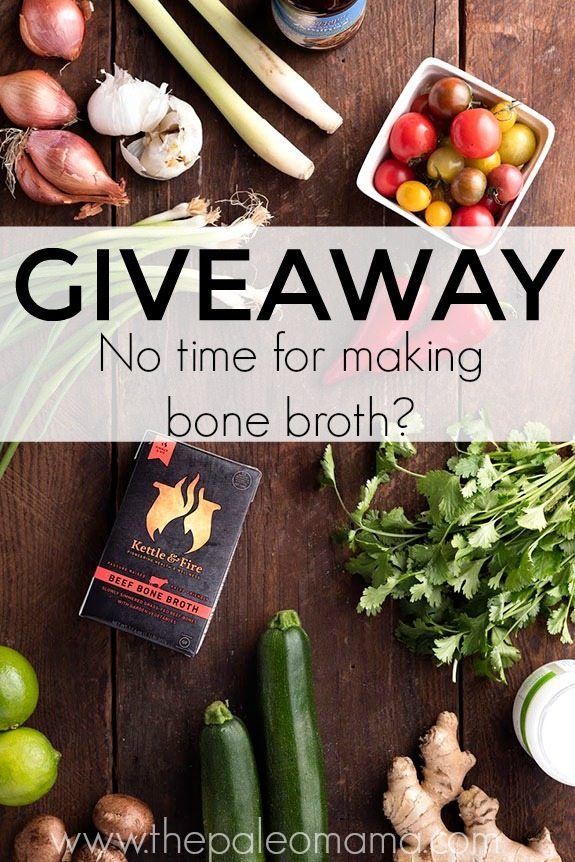
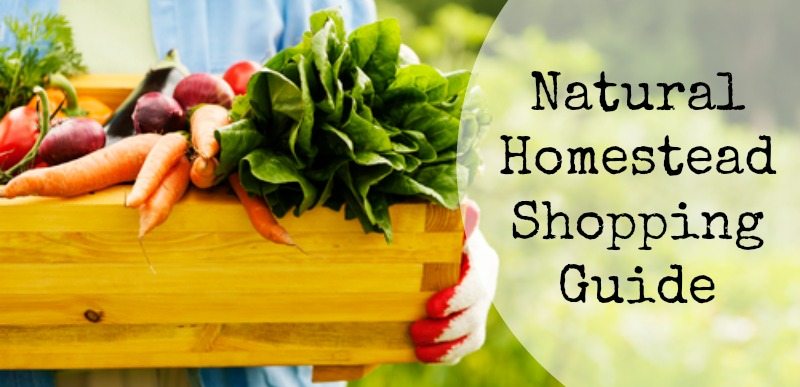












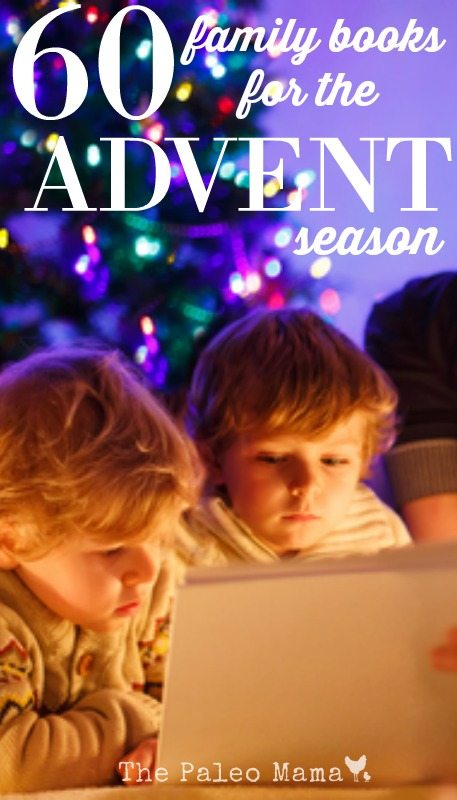
 So, it’s done. I’m a mother of two delightful and precious children. Little Farm Girl is almost 7 years old and is quickly becoming my greatest friend. She’s sensitive to my emotions and always wants to please me. Little Farm Boy is 4 years old. His birth and life has been during the most difficult time of my life, but the past year we have felt a breath of fresh air…renewal…promise…and the ability to create joy within our lives.
So, it’s done. I’m a mother of two delightful and precious children. Little Farm Girl is almost 7 years old and is quickly becoming my greatest friend. She’s sensitive to my emotions and always wants to please me. Little Farm Boy is 4 years old. His birth and life has been during the most difficult time of my life, but the past year we have felt a breath of fresh air…renewal…promise…and the ability to create joy within our lives. 